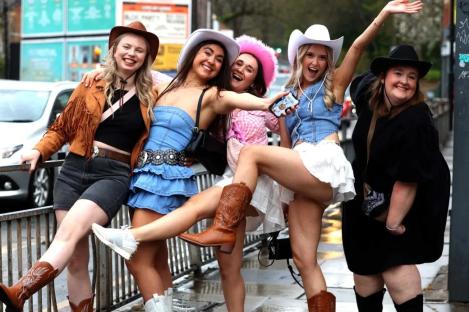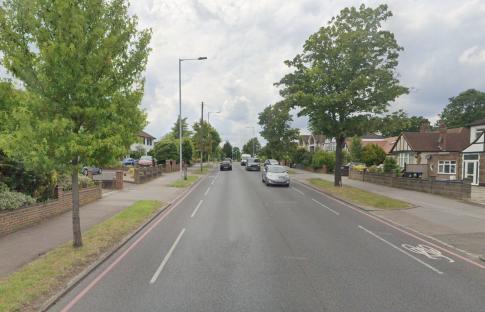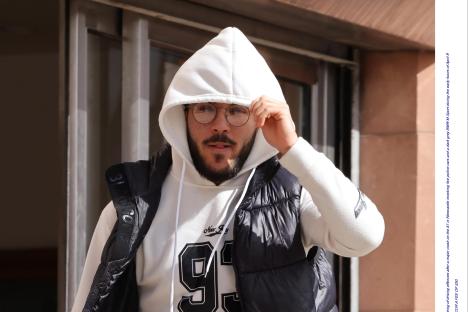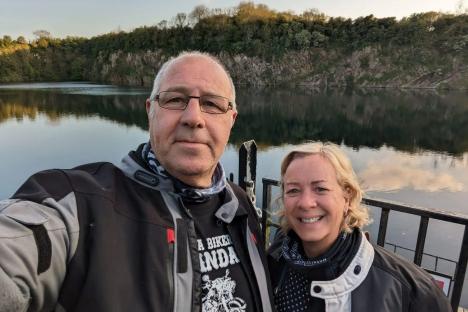With a population of just over 13,000 people, Banff is actually one of Alberta’s hottest spots when it comes to COVID-19.
As of Tuesday afternoon, the mountain town and nearby Lake Louise had 158 active cases of the virus.
In terms of population, the community has an active case rate of 1174.6 per 100,000 people, which is the third-highest in the province behind Northern Sunrise County and the Wood Buffalo/Fort McMurray region.
Read more: COVID-19: Optimism in Banff's tourism industry for a busy summer ahead following slow year
Alberta Health Services has been holding pop-up vaccination sites throughout the week, but as is the case in many places across the province, the supply cannot meet up with the demand.
Banff Mayor Karen Sorensen is grateful for the ongoing assistance from AHS and understands that shortages are an issue. She believes if younger people could be eligible for the vaccine, it would be helpful in keeping Banff's cases from spiking even higher.
“A huge percentage of our population is the 30s, 40s, early 20s age range,” Sorensen said.
“We also certainly support the concept that front-line workers should have the ability to get vaccinated as quickly as possible, and for us, that means our hospitality sector. We have a lot of front-line workers in our community with our dependence on tourism.”
Read more: ‘Not sustainable': Kananaskis annual user fee coming June 1 as recreation area flooded with visitors
During a press conference on Tuesday, MLA for Banff-Kananaskis Miranda Rosin said rapid case growth can be attributed to industry workers living in close quarters.
“It's estimated by hospitality workers and the hospitality industry that nearly 80 per cent of Banff's hospitality workers live in communal living right now,” Rosin said. “Once one person catches the virus, it's very quick and rapid spread.”
Lake Louise resident Michelle Magiolio feels that health restrictions may not be enough to slow the spread of COVID-19 and the situation in Banff will only improve once the vaccination rate increases.
“At the moment, I feel like the little steps and taking precautions help temporarily, but I feel like in the long term, it's just the same thing,” said Magliolo.
“We can close down, open, close down, open, but eventually, it's going to come back to the same result unless we can get the vaccine to come out.”
As the vaccination rollout continues, Banff will also maintain a strict mask mandate. Face coverings are not only mandatory in indoor spaces but also in a large outdoor section of the downtown core, which includes the full length of Banff Avenue.
“I think [the mask bylaw] has been helpful, and I'm incredibly impressed with the compliance,” said Sorensen.
Sorensen said that Banff Avenue will also soon be closed off to vehicles so that pedestrians will have more room for social distancing.




